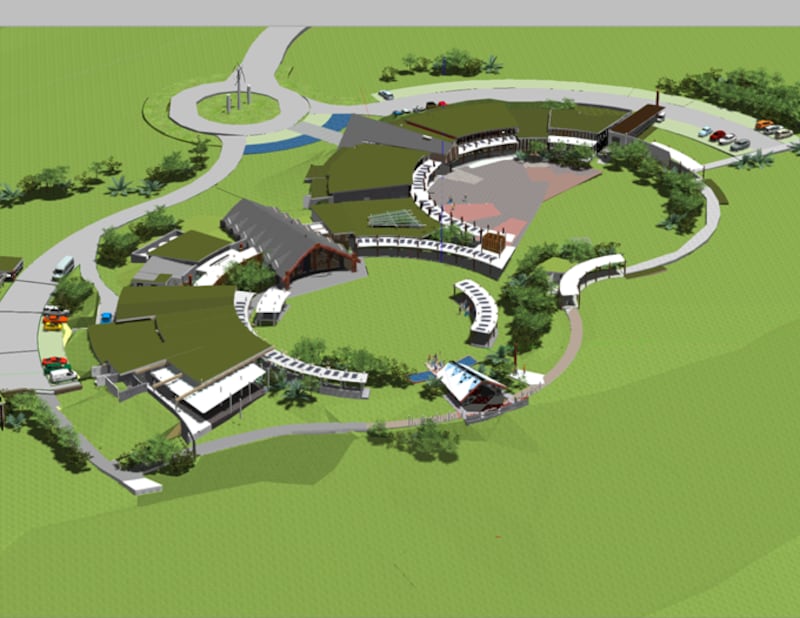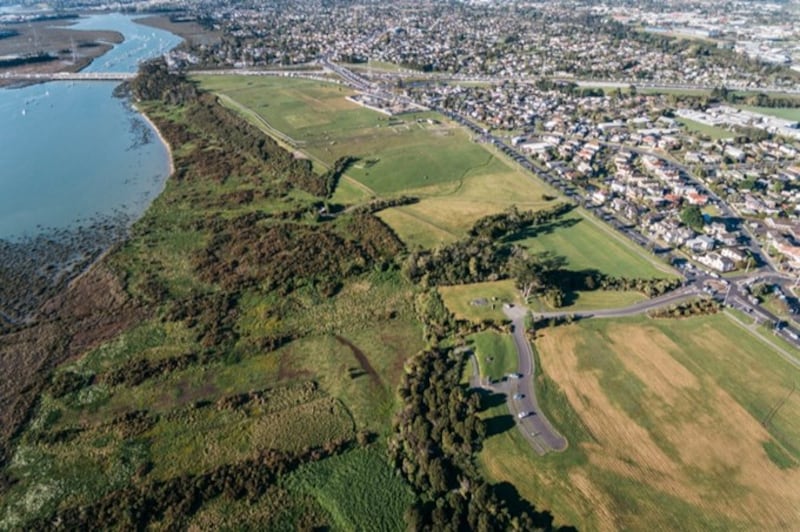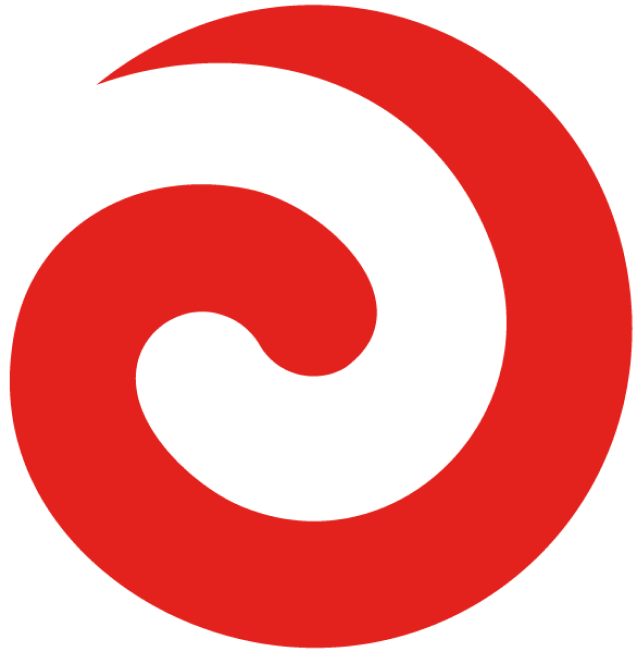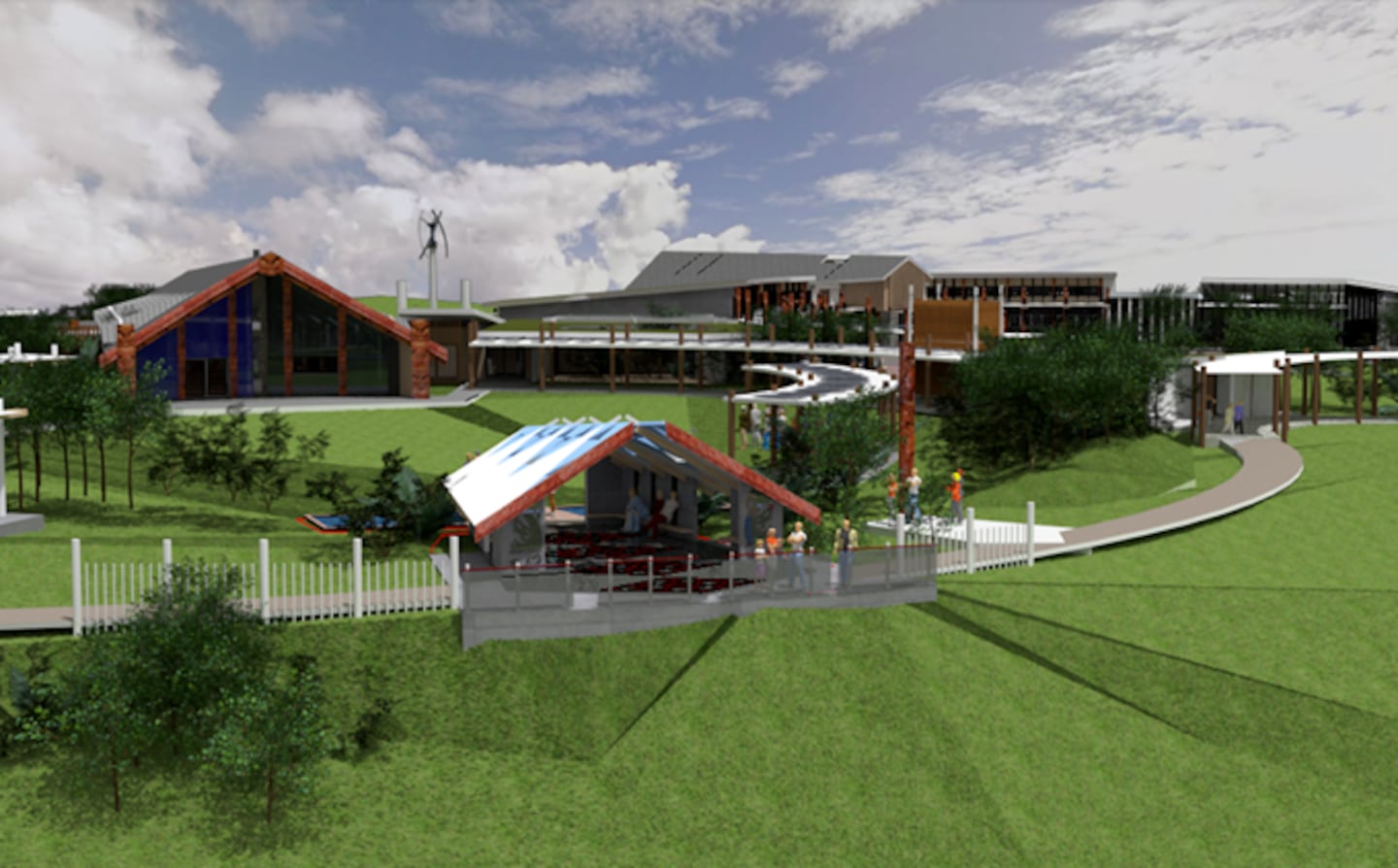A decision 57 years in the making was announced on Tuesday evening, when Auckland Council agreed to lease land on which a new marae would be built, a dream finally realised.
It was a humid, sunny afternoon inside Auckland’s Henderson-Massey Local Board Office, as board members and Te Atatū Marae Coalition members, along with supporters and their whānau, filed into the Henderson theatrette.
It was in 1967 that the Te Atatū marae project dream was first conceived, leading to the creation of three trusts that would eventually become the Te Atatū Marae Coalition in 2000.
The agreement will see 2.5 hectares of Harbourview-Orangihina Park in Te Atatū Peninsula leased to the Te Atatū Marae Coalition for 14 years, after which they can choose to renew it.

The marae would be developed in stages, including construction of a wharenui, wharekai, whareiti, whare āwhina and kaumātua flats.
Board chairperson Chris Carter said, because it was an important day for Māori in the area, he conferred chairmanship of the meeting to one of the two Māori board members. Dr Will Flavell took on the role.
Te Atatū marae matriarch Mihikore Te Huia (QSM) said the dream started with her late husband, Jack.
“Who would have thought that a comment made in my home... would take so long [to be realised]. Jack sat outside Te Atatū Intermediate with a homemade sign and all it said was: ‘Do you want a marae on Te Atatū?’,” she said.
“He went to families on the Peninsula, from his own tribal area, seeking their tautoko [support]. In most cases he’d get [asked] ‘Why?’ And sometimes he’d get a resounding, ‘No, not interested.’
“When he died in 1999, the mantle of his dream fell on me and my children’s shoulders. Should we give up? Or should we carry on?”

Te Huia said they wanted the marae for future generations.
“With resounding support from the community, the establishment of this marae symbolises more than just a physical structure,” she said.
“It represents a beacon of cultural heritage and unity, a sanctuary where diverse connections will be forged, and our traditions will be honoured.”
Te Atatū Marae Coalition chairperson David Tanenui paid tribute to all of their supporters.
“I acknowledge all those that have had a big part of the marae kaupapa as well, especially Jack Te Huia who had the vision and direction of a marae here in Te Atatū Peninsula, and because of this, we are here today,” he said.
“We, as a marae whānau committee, work as a team that have special qualities, a bonus for the future of the marae, the head of our whānau group, to me, are our committee members...
“Also a big mihi to our schools, community/community groups, churches, environmental groups, mana whenua, ngā iwi, whānau, who set positive directions for the whānau committee, the purpose of a community marae, kotahitanga [unity].”
Waipareira Trust chairperson Ray Hall said he wanted to tautoko the many Pasifika whānau that supported their kaupapa.
“There’s a full list of families in Te Atatū that we doorknocked and approached... and we have that in our archives,” he said.
Acting board chair Flavell said he remembered the early conversations he had about the marae.
“Moving to West Auckland in 2012, I remember having discussions about the marae with Pāpā Haare Tukariri, so much aroha for the marae,” he said.
“There were some challenging conversations too... 11 years later, the transformation of attitudes toward things Māori.”
Now an iwi who have been without a marae for decades are a step closer to rebuilding on ancestral land.
Te Atatū mana whenua, Te Kawerau ā Maki, have been without a formal marae and papakāinga since the mid-20th century when their remaining land was sold.
At the start of August 2023, Auckland Council granted $142,500 for the project, which Te Kawerau ā Maki trustee Edward Ashby said would help take things forward to the final design.
“This land will have our wharenui, marae, a big carving shed and some houses for whānau. Our kaupapa is to build an eco-marae.”
- Stuff



